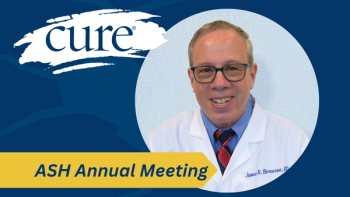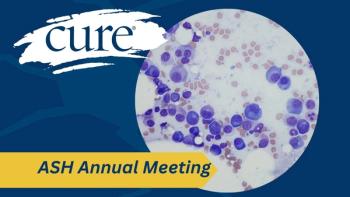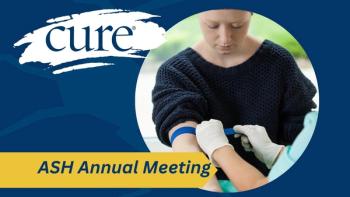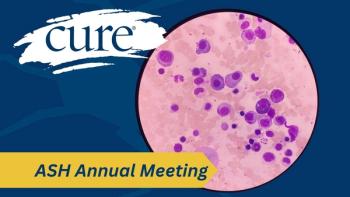
Breaking Barriers: Why Increasing Lung Screening is Critical
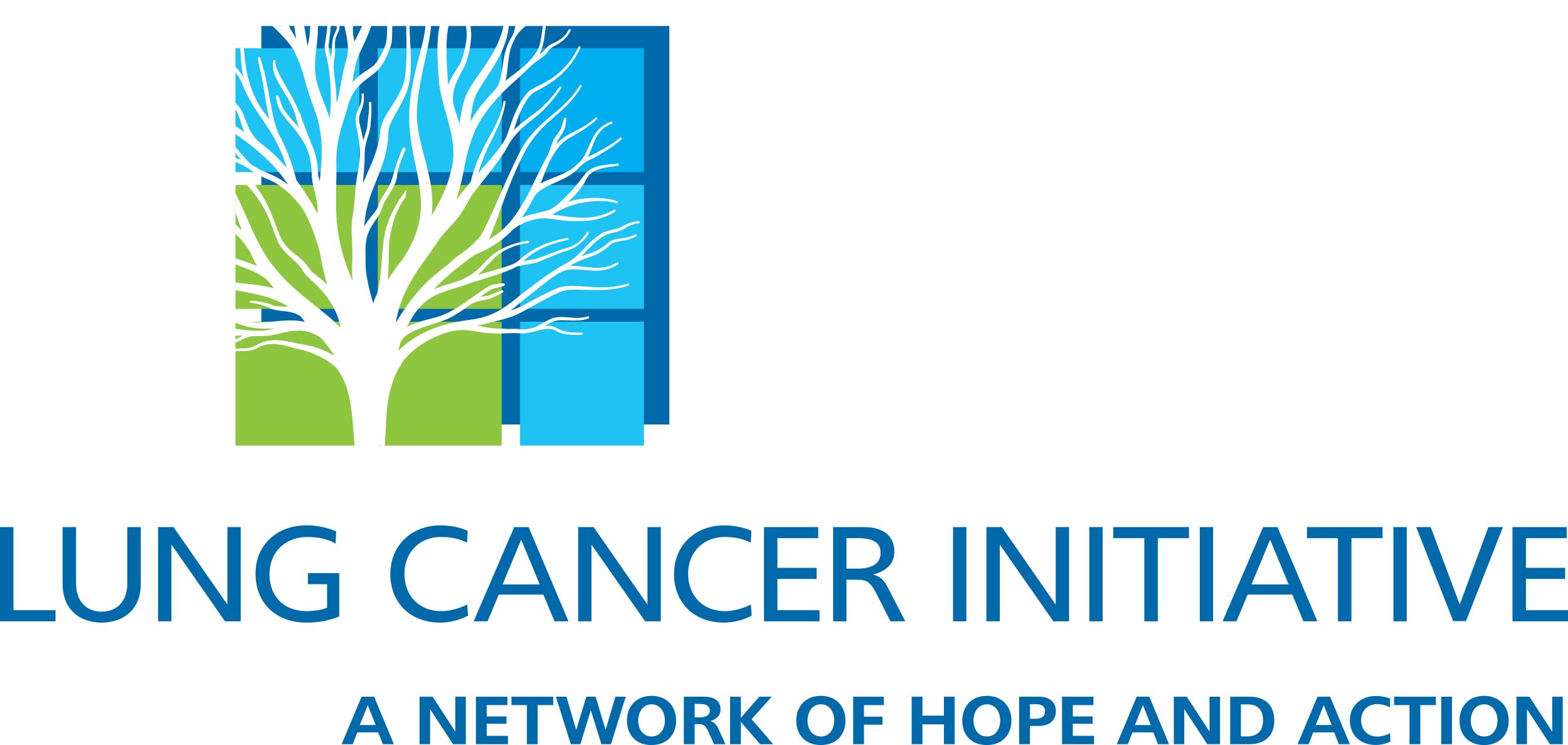
Key Takeaways
- Lung cancer is the leading cause of cancer-related deaths in the U.S., yet screening rates remain low despite effective early detection methods.
- The Screening Saves program in North Carolina seeks to improve access, education, and support for lung cancer screenings.
Lung cancer remains the leading cause of cancer-related deaths in the U.S.
Lung cancer remains the leading cause of cancer-related deaths in the U.S., yet it is one of the most under-screened cancers. Despite the proven effectiveness of low-dose CT scans in detecting lung cancer early—when treatment is most successful—screening rates remain alarmingly low, with only 5%-15% of eligible individuals getting screened.
Lung Cancer Initiative (LCI) launched the Screening Saves program in North Carolina to tackle this issue by improving access, education, and support for lung cancer screenings. Early detection significantly improves outcomes: the five-year survival rate exceeds 60% when caught early, compared to just 8% for late-stage diagnoses. However, systemic barriers, stigma, and misinformation continue to limit screening uptake.
A major challenge is the stigma tied to lung cancer’s association with smoking, which causes many individuals to delay or avoid screening. Other barriers include lack of awareness about screening eligibility, cost concerns (despite insurance coverage), limited access in rural areas, and fear or misunderstanding about the screening process.
The Screening Saves program addresses these challenges by partnering with community organizations, educating healthcare providers and patients, and using patient navigators to guide individuals through the process. The goal is to normalize lung cancer screening and ensure that high-risk individuals are informed, supported, and empowered to take action.
Everyone can help by checking their screening eligibility, talking to their healthcare provider, and spreading awareness. Increasing lung cancer screening saves lives—early detection makes all the difference.

